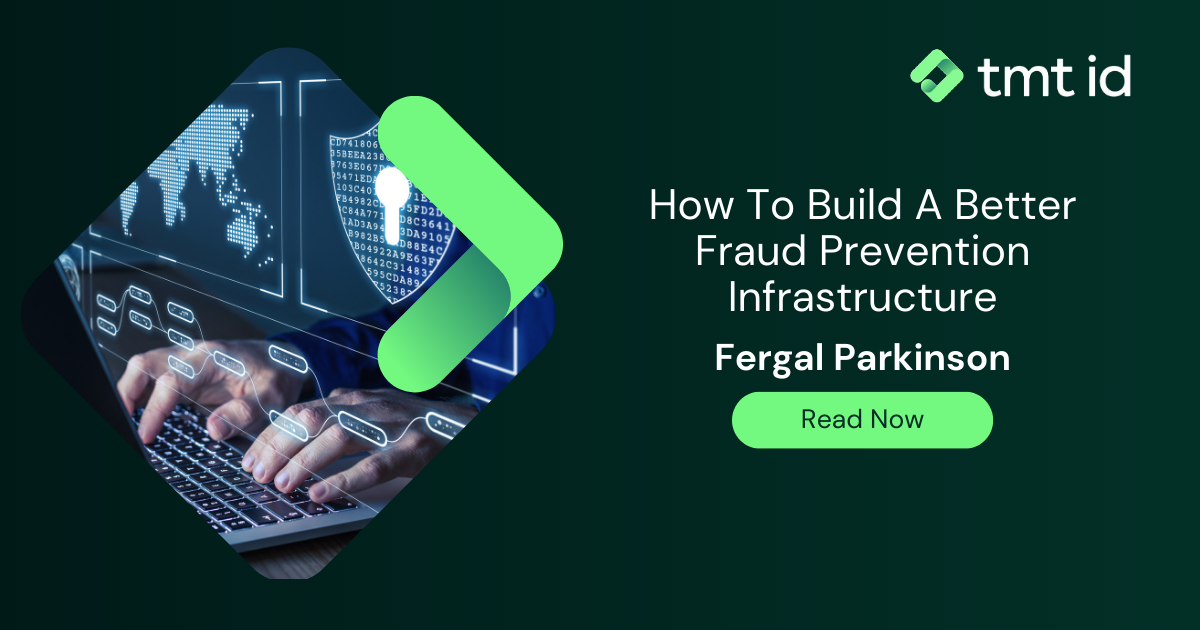
80% of all reported fraud is cyber-enabled. 31,322 yearly reports of cybercrime lead to an estimated £9.6m in losses.
Cyber fraud involves using the internet to find a victim’s personal information and gain access to their accounts. The rise of smartphones makes mobile phone fraud an underrated but real risk.
Read our guide to learn how to create a fraud prevention infrastructure to protect crucial accounts and remain safe online.
Having fraud defined for you is the first step in understanding and preventing it.
Fraud refers to any intentionally deceptive action used to gain access to a victim’s account or deny them access to it. It typically involves falsely misrepresenting information, such as claiming a false identity.
A fraudster is a term for the criminals who commit these unlawful actions. They come in all shapes in sizes, ranging from crafty individuals to malicious organisations.
Financial fraud involves gaining access to bank details and other financial accounts. Identity theft is when personal details are used to access any or all of the victim’s accounts.
Digital channels such as social media make all types of fraud easier than ever. Mobile phones are one of the most common types of devices to be attacked.
Sim-swap fraud, a.k.a. sim splitting, simjacking, sim hijacking, or port-out scamming, is a common mobile scam. Criminals obtain personal information using social networks, mining mobile data, and other methods. They may even work with an insider or ask for a PAC or porting authorisation code.
Once they have enough personal information, they assume their victim’s identity and call their mobile phone provider. They’ll request that the account be transferred to a new sim card that they own. This provides access to any accounts that the mobile phone was used for. This single type of fraud has cost UK consumers over £10m over the last few years.
A proper fraud prevention infrastructure must be prepared to handle all of these types of fraud.
Have you ever been asked for money when you went online without intending to purchase a product? Fraudsters will hide these requests in phone calls, emails, text messages, wire transfers, or even job listings.
Sim-swap fraud may cause your phone to stop working or block you from your bank and credit card accounts. You may even receive a text message or email before the swap occurs.
Signs of call divert fraud include frequent collect calls, fewer or no calls from your phone, or unusual charges on your phone bill.
Looking out for these signs helps you know when your fraud prevention systems need to be active. They should be able to spot the signs on their own and react appropriately. If they can’t, you may need to look for another solution elsewhere.
Fraud prevention is any method used to prevent fraudsters from accessing critical accounts. It includes software, best practices, and more.
Different situations require different types of protection. Businesses and individuals need different solutions, and so do specific defrauding methods. A proper fraud protection infrastructure combines all of these components into one effective system.
Businesses must prevent fraud using robust authentication methods. They need a system that works as quickly as possible to prevent illegitimate transactions and allow legitimate ones.
Authentication isn’t the only thing to keep in mind. You’ll need a variety of business-level fraud prevention solutions to protect every account your customers use from fraudsters.
A fraud prevention checklist full of practices to avoid would include:
Following these tips will protect your accounts, but it may not always be enough. If you notice mobile fraud, contact your provider for assistance immediately. You should also use the best possible personal fraud prevention solutions to protect yourself.
If you notice the previously mentioned signs of sim-swap fraud, contact your mobile network, bank, and other online services you use your mobile phone to access. They can investigate the issue and potentially get your money back.
While a wide-ranging fraud protection solution is best, you should also look for ones that protect against the specific types of fraud you may be susceptible to. For example, if you don’t have call forwarding disabled, you may need protection against call divert fraud.
Fraud prevention grew in importance with the rise of the internet as personal information became accessible. Criminals known as fraudsters use and misrepresent this information to gain access to bank accounts, mobile phones, and more.
Internet security best practices help but aren’t foolproof. Depending on your needs, you may require a dedicated system to prevent fraudsters from accessing your accounts.
TMT Analysis offers fraud prevention solutions that strengthen authentications, evaluate risks, enhance user experiences, prevent fake accounts, increase conversions, determine optimal SMS channels, and more. Contact us today to learn more.
Last updated on September 18, 2024
We provide the most comprehensive device, network and mobile numbering data available
Contact us > Chat to an expert >